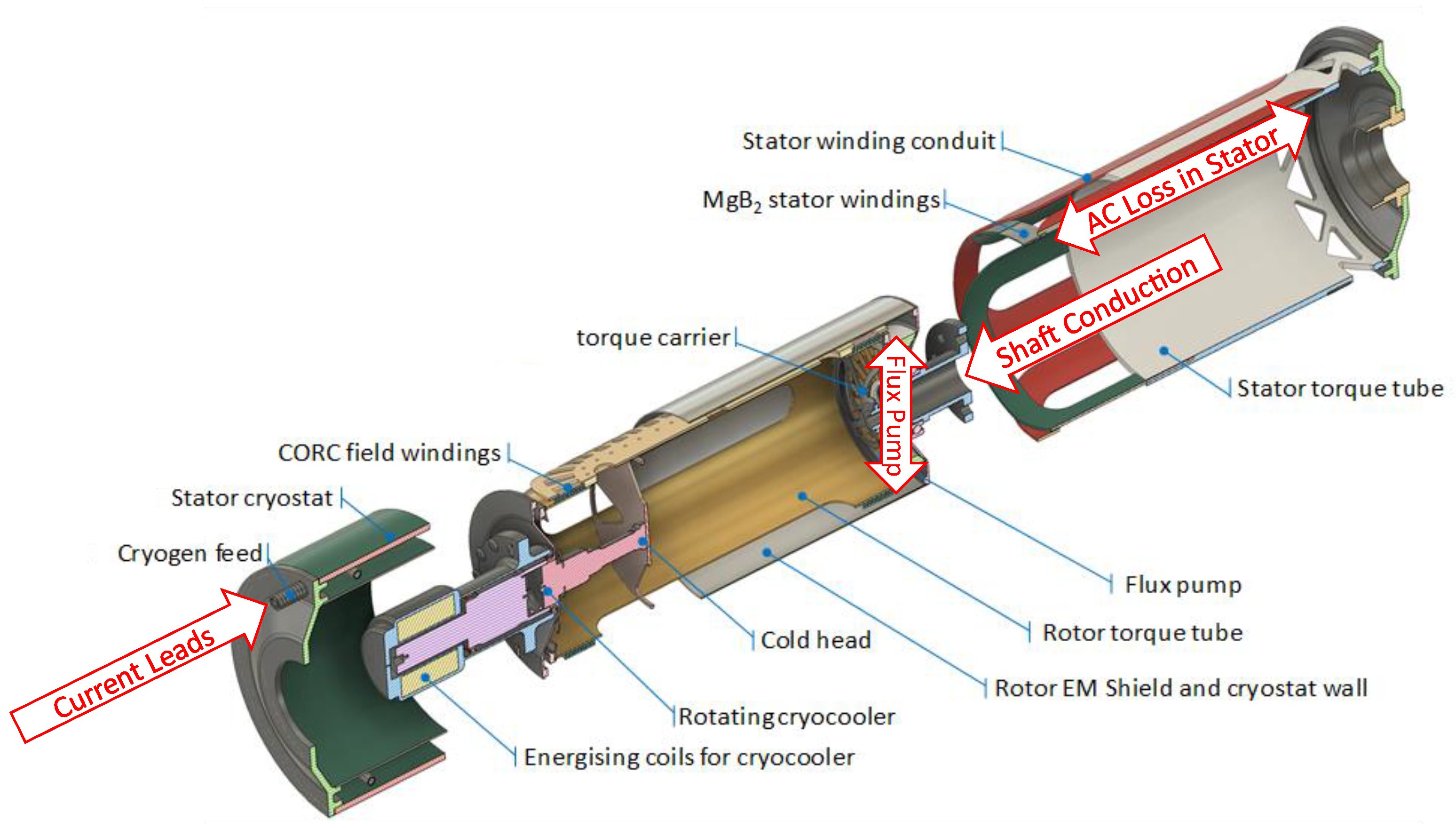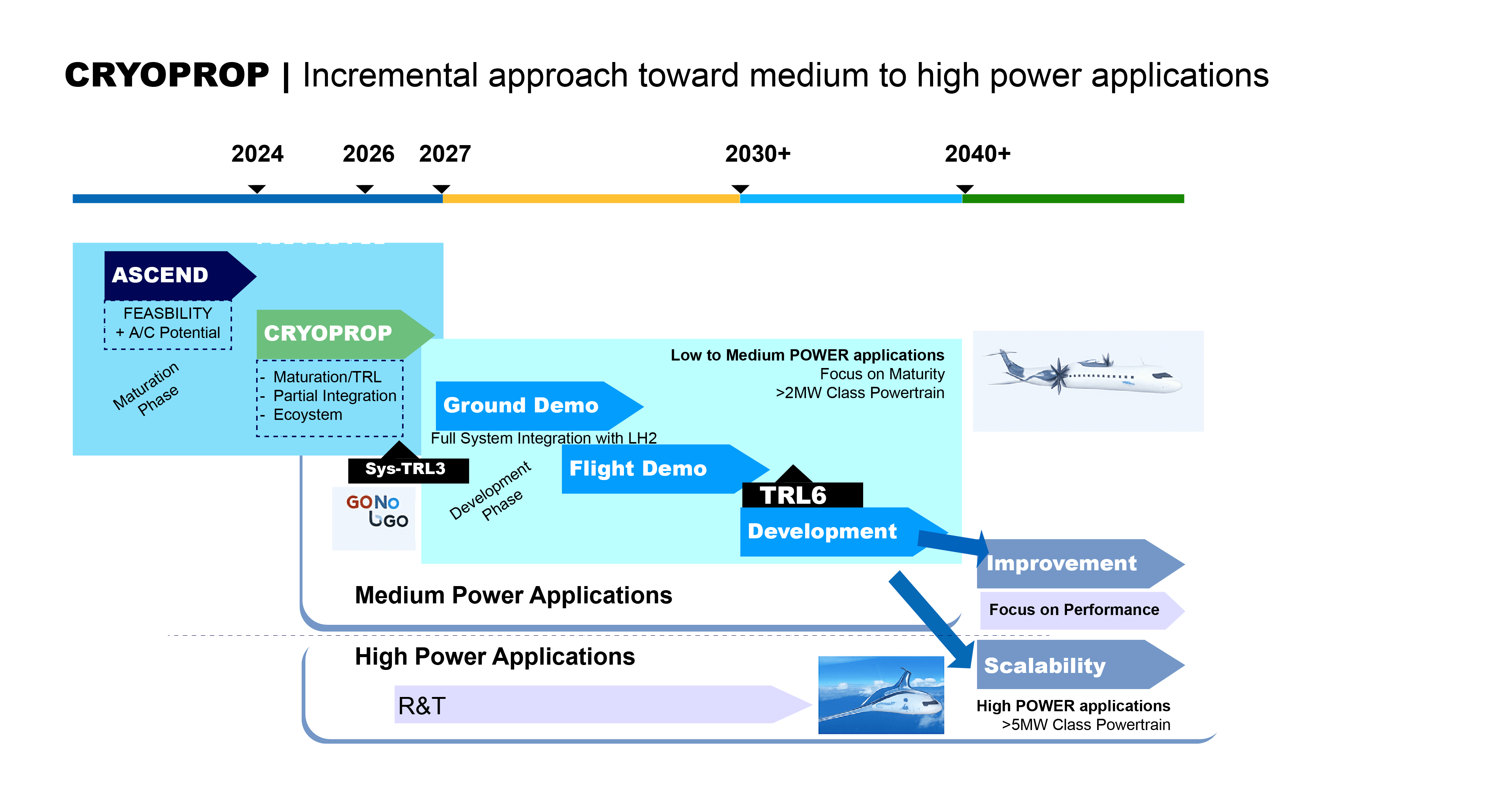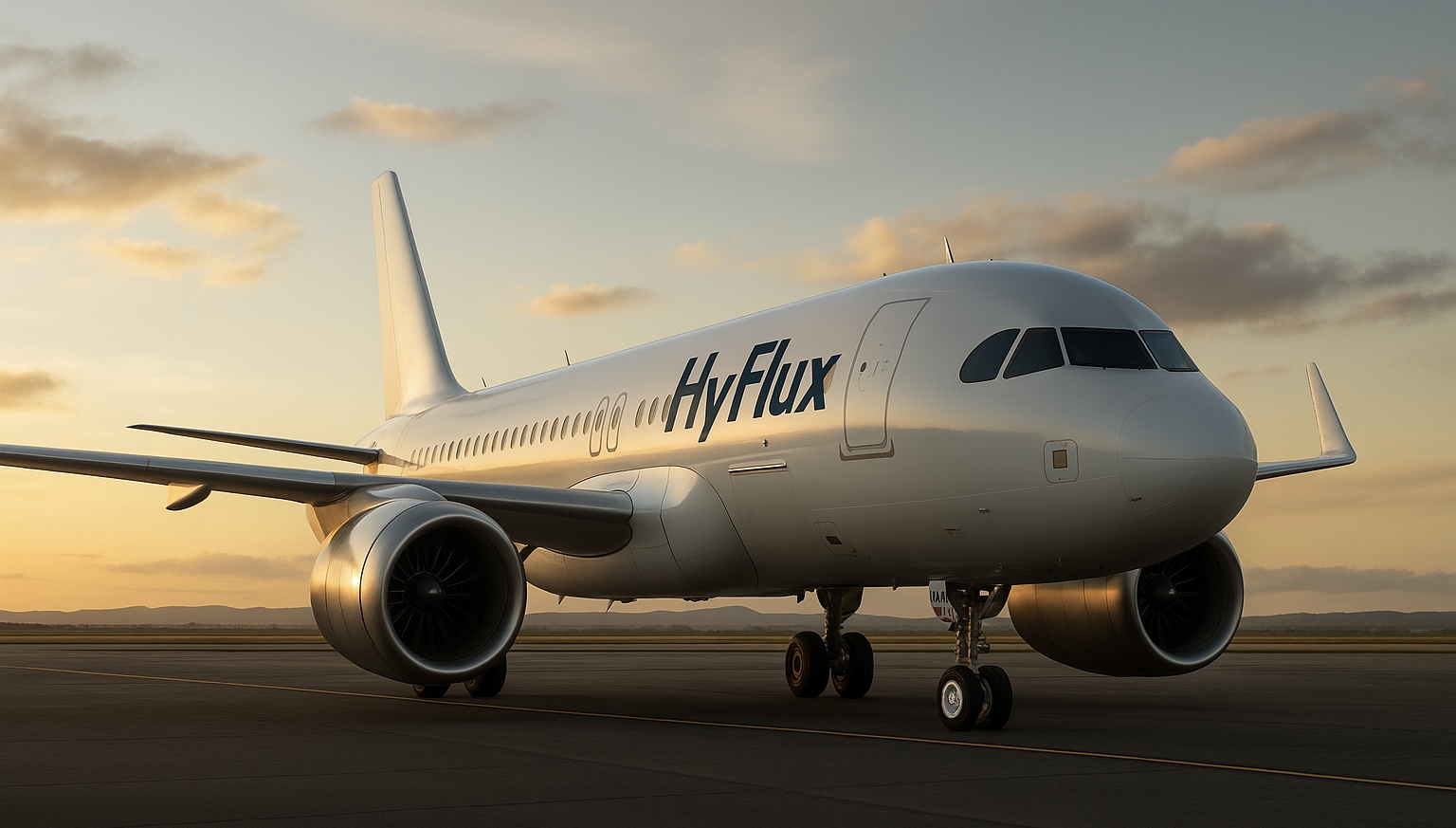Air New Zealand seeking innovators for next generation aircraft
19/12/2021
Air New Zealand wants to get a zero emissions aircraft in the air in the next five years and is calling on traditional aviation manufacturers as well as entrepreneurs and innovators from around the world to help achieve its goal of net zero carbon emissions by 2050.

The airline has released a Product Requirements Document (PRD) – a guide for business and innovators to help build, launch, or market the provision of zero emissions/novel propulsion aircraft in New Zealand. It provides an overview of Air New Zealand requirements based on its network and fleet and is intended to kickstart discussion for ongoing collaboration.
Air New Zealand is looking for aircraft technology ideas on how to accelerate and deploy propulsion innovations such as hybrid, hydrogen, or electric technologies for its new aircraft.
Air New Zealand's Head of Fleet Strategy Baden Smith says the airline is taking bold steps to ramp up genuine climate action and is looking for innovative organisations that can help us on our zero emissions aircraft journey.
"As we work towards our net zero 2050 goal, reducing aircraft emissions is critical. While our industry faces a steep challenge to decarbonise, New Zealand is uniquely placed to lead the world in zero emissions aircraft and low carbon alternatives on our domestic air transport network.
"We believe New Zealand could be a world leader in zero or low emissions aircraft, whether that's battery electric or green hydrogen powered. We're seeking the best ideas and technology from innovators around the globe who might be prepared to work with us.
"New Zealand is ideally suited to adopt zero emissions aircraft, as we have a number of short-range routes that are perfect candidates for utilizing these new technologies, and our renewable energy sources make it possible to eliminate carbon emissions effectively."

Air NZ feels that its domestic network is ideally suited for decarbonisation, as it is characterised by short routes that support early aircraft demonstrations. Moreover, the country’s largely renewable energy grid allows for cost effective infrastructure.
Air NZ’s current turboprop fleet comprises 23 De Havilland Dash-8 Q300s with 50 seats, and 29 ATR 72-500/600s with 68 seats. Air NZ also operated 19-seat Beechcraft 1900Ds from 2001 to 2016.
It outlines three phases of adoption. The early adoption stage from 2023-25 would see work conducted with electric or hybrid/electric aircraft with 1-9 seats. It notes that aircraft are in development that meet these criteria, and that use cases could involve freight carriage and training.

The supplementary stage from 2026-2030 foresees novel propulsion aircraft of 10-50 seats, with the incoming aircraft supplementing existing routes and entering new routes.
“Concepts in this option are targeted at medium-sized aircraft or retrofit solutions that are well advanced and likely be available for commercial entry from 2025,” says Air NZ.

“The ideal candidate aircraft will be a drop in replacement for the Q300 for seamless integration into the existing Air New Zealand turboprop network, which may include retrofit of the existing aircraft,” says Air NZ.
In a Product Requirement Document (PRD), the carrier calls on the aerospace sector to issue proposals for zero emission/’novel propulsion’ aircraft. The term ‘novel propulsion,’ contends Air NZ, captures a range of new technologies such as hydrogen/battery electric, hydrogen combustion, or hybrid. The PRD notes that the Q300s will be phased out from the end of the decade.
“The ATR will also come up for retirement from the mid-2030s and replacement aircraft will most likely be required to have significant emission reductions at this stage, preferably zero,” says Air NZ.
The airline also feels it has much to offer industry, including operator data, aircraft for retrofitting, and research & development funding.
In September, Air NZ and Airbus entered a memorandum of understanding to study the feasbility of hydrogen-powered aircraft in New Zealand.




